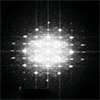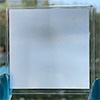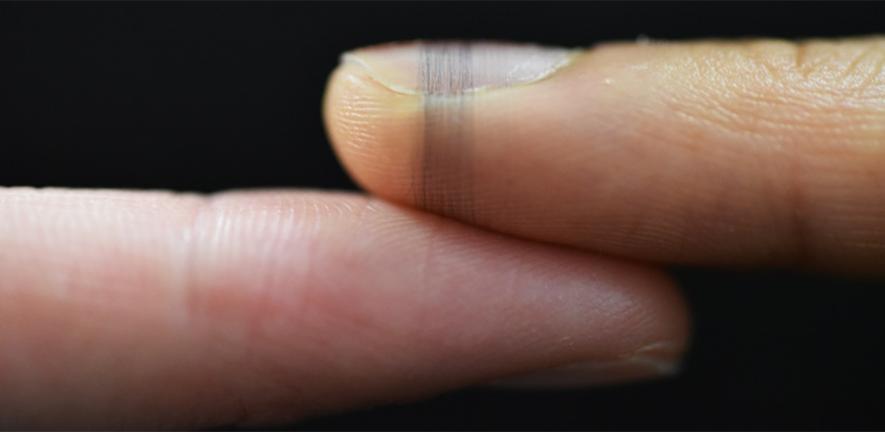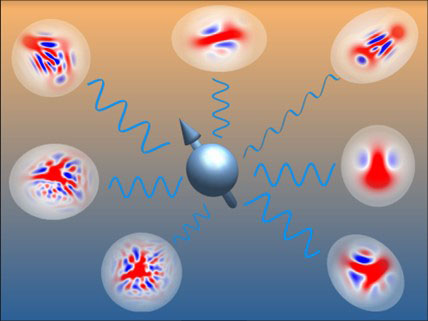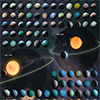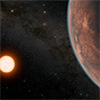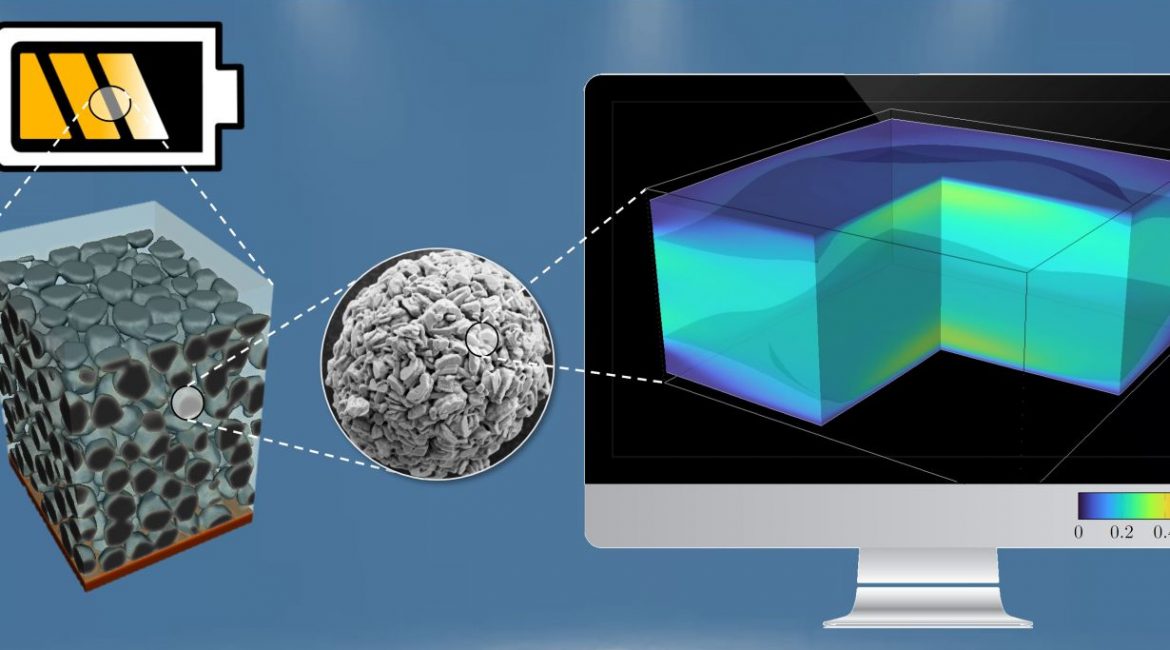May 24, 2024 (Nanowerk News) Researchers at Rensselaer Polytechnic Institute have fabricated a device no wider than a human hair that will help physicists investigate the fundamental nature of matter and light. Their findings, published in the journal Nature Nanotechnology ("Topological valley Hall polariton condensation"), could also support the development...
Brain-inspired chip integrates trainable neurons for ultra-efficient computing
May 24, 2024 (Nanowerk Spotlight) The human brain's remarkable efficiency and cognitive abilities have long inspired researchers to create computing systems that can rival its performance. Yet, despite significant advancements in artificial intelligence algorithms and hardware, the gap between the efficiency of biological neural networks and their artificial counterparts remains...
Innovative polymer metamaterial enhances indoor climate and self-cleans
May 24, 2024 (Nanowerk News) Researchers at the Karlsruhe Institute of Technology (KIT) introduce a polymer-based material with unique properties in the latest issue of the journal Nature Communications ("Radiative cooling and indoor light management enabled by a transparent and self-cleaning polymer-based metamaterial"). This material allows sunlight to enter, maintains...
Discovery uses engineered surfaces to shed heat
May 24, 2024 (Nanowerk News) Splash a few drops of water on a hot pan and if the pan is hot enough, the water will sizzle and the droplets of water seem to roll and float, hovering above the surface. The temperature at which this phenomenon, called the Leidenfrost effect,...
Imperceptible sensors made from ‘electronic spider silk’ can be printed directly on human skin
May 24, 2024 (Nanowerk News) Researchers have developed a method to make adaptive and eco-friendly sensors that can be directly and imperceptibly printed onto a wide range of biological surfaces, whether that’s a finger or a flower petal. The method, developed by researchers from the University of Cambridge, takes its...
Exploring uncharted territory in quantum devices
May 24, 2024 (Nanowerk News) Many of today’s quantum devices rely on collections of qubits, also called spins. These quantum bits have only two energy levels, the ‘0’ and the ‘1’. However, unlike classical bits, qubits can exist in superpositions, meaning they can simultaneously be in a combination of the...
International planet hunters unveil massive catalog of strange worlds
May 23, 2024 (Nanowerk News) While thousands of planets have been discovered around other stars, relatively little is known about them. A NASA catalog featuring 126 exotic, newly discovered worlds includes detailed measurements that allow for comparisons with our own solar system. The catalog details a fascinating mix of planet...
Potentially habitable ‘exo-Venus’ with Earth-like temperature discovered
May 23, 2024 (Nanowerk News) Astronomers have made the rare and tantalising discovery of an Earth-like exoplanet 40 light-years away that may be just a little warmer than our own world. The potentially-habitable planet, named Gliese 12 b, orbits its host star every 12.8 days, is comparable in size to...
Modeling tomorrow’s battery materials
May 23, 2024 (Nanowerk News) Which factors determine how quickly a battery can be charged? This and other questions are studied by researchers of Karlsruhe Institute of Technology (KIT) with the help of computer-based simulations. Microstructural models help to discover and investigate new electrode materials. When sodium-nickel-manganese oxide is used...
Using wobbling stellar material, astronomers measure the spin of a supermassive black hole for the first time
May 23, 2024 (Nanowerk News) Astronomers at MIT, NASA, and elsewhere have a new way to measure how fast a black hole spins, by using the wobbly aftermath from its stellar feasting. The method takes advantage of a black hole tidal disruption event — a blazingly bright moment when a...


